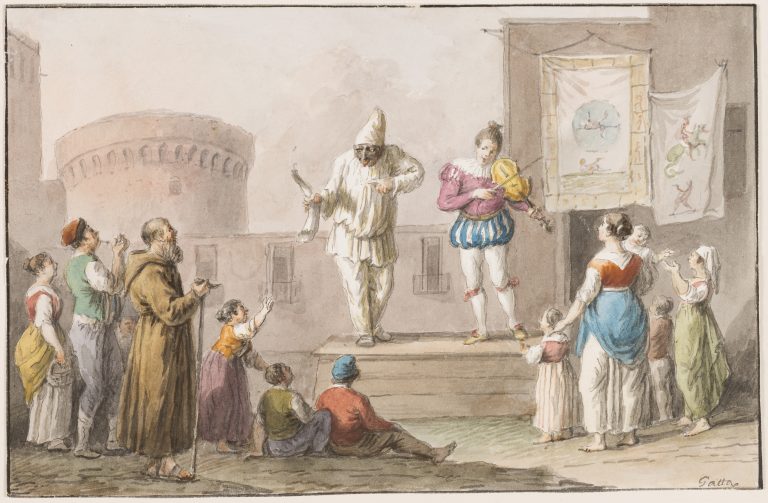A lot of Italian songs in the 1950s were composed by artists who were trying to mimic American music and culture. When kids learn to speak, they tend to make funny words and phrases while trying to imitate their parents and other people. They end up making words that don’t convey any real meaning while sounding adorable and funny. However, there are some songs by well-known singers that mean nothing significant, but sound like they are composed in another language. This took place in Italy in the 1950s. One of these 70’s Italian songs unexpectedly went viral in recent times.
The song is Prisencolinensinainciusol, which was composed by Adriano Celentano — an iconic Italian entertainer. This came out in 1972. It was a duet song, sung by the singer and his spouse, Claudia Mori. The song is made up of words that sound absolutely American to an Italian or non-English listener, but these words do not make any sense. The song incidentally became a chartbuster soon after its release and in nations like the Netherlands, Italy, France, and Belgium, it was hugely popular.
After staying somewhat obscure, the song again came into the spotlight in 2010. Cory Doctorow called it a bizarre video on YouTube. Celentano later said in an interview that as a singer, he was deeply affected by American music and culture, which is what led him to create the song. In fact, after World War II, the cultures and lifestyles in many European countries were influenced by American culture like never before. When Celentano’s song was released, American English was in vogue in Italy. The Italian songs composed between the 1950s and 1970s were imbued with the sounds of America. One notable song was Tu vuo’ fa l’americano sung by Renato Carosone.
Italian songs after the 1950s reflected the impact of Americanization
The Italian songs and films after the 1950s reflect a deep impact of the so-called Americanization. These songs and films mention things and aspects like baseball, whiskey and soda, and rock ‘n’ roll. Bruno Martino’s 1959 hit Kiss Me, Kiss Me was partly in Italian and partly in English.
In the 1960s, several bands in England started singing in Italian. This led to the creation of a hybrid sound that was liked by the Italians. This Anglo-Italian pop genre gained momentum in the 1960s. Georgetown University’s Francesco Ciabattoni says: “I am not sure how much thinking they put in it, but producers must have realized that imitating English and American sounds would sell more. The phonetic structure of English makes it more suited to rock or pop songs compared with Italian.”

Celentano, who was a popular singer, said of the trend: “So at a certain point because I like American slang—which, for a singer, is much easier to sing than Italian — I thought that I would write a song which would only have as its theme the inability to communicate. And to do this, I had to write a song where the lyrics didn’t mean anything,” (NPR). However, music experts think what Celentano did was not exactly pioneering. It was done long ago by the medieval comedians and Dante Alighieri. The practice, according to Princeton University professor Simone Marchesi, can be traced back to the times of the Old Testament.
Grammelot was a language used in Commedia dell’arte in the 16th century in Italy. It was mainly employed by itinerant performers to give the impression that they were singing in regional languages. A Nobel Prize-winning Italian playwright and actor, Dario Fo, used Grammelot in a show in 1966 as well. Marchesi points out the stalwart actor Charlie Chaplin did something similar. In the cult film Modern Times, he used a song, which blended French with Italian, but did not convey any meaning as such.

Follow us on Twitter, Facebook, or Pinterest

